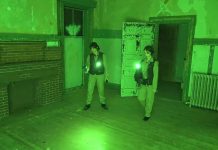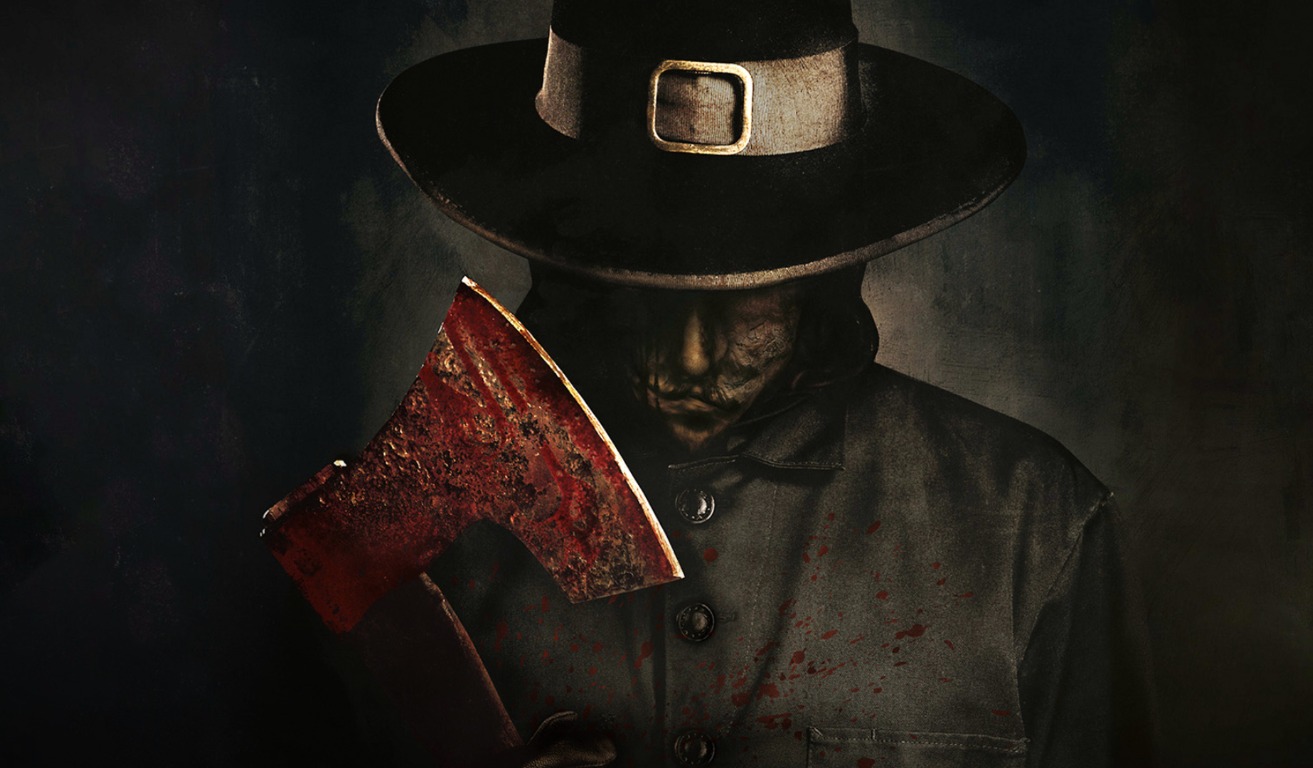October is easy to define. It’s the month of jack-o’-lanterns, candy corn, and haunted houses. But November is trickier. It’s the season of aftermath, when the leaves are brown and brittle, the air is sharp, and the festive glow hasn’t yet arrived to help us embrace the cold. November is the hangover of autumn, when the world feels like it’s winding down, and that quiet sense of decay makes it a perfect setting for horror.
These chilling horror movies either take place in November or evoke a sense of the season. They all share that in-between mood: gray skies, loneliness, and the uneasy transition between the living warmth of fall and the stillness of winter.
Ravenous Is a Bleak Horror Western
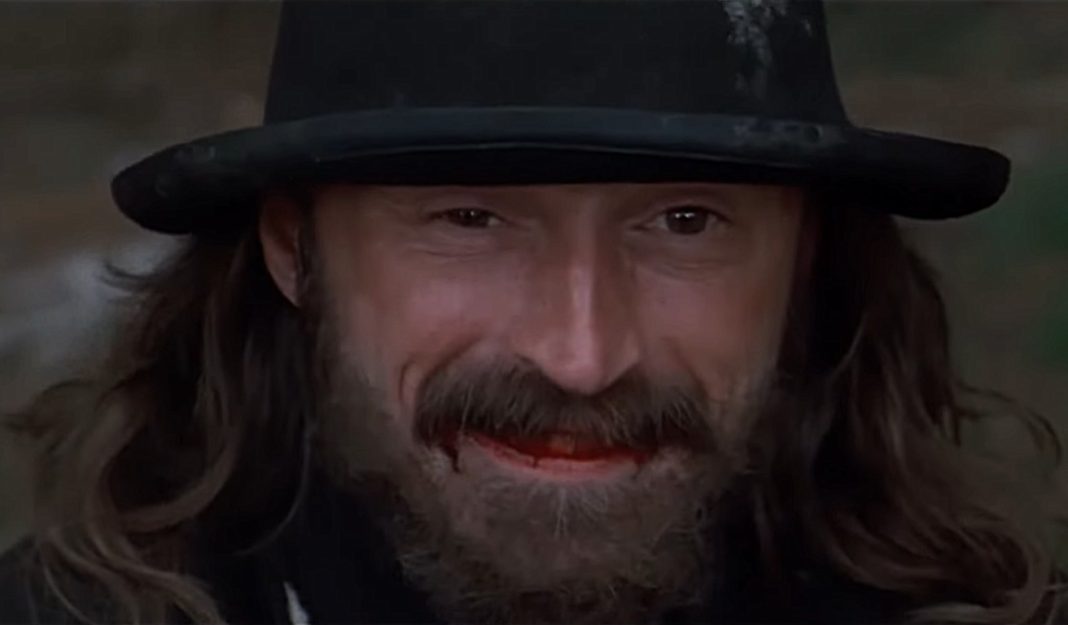
Few horror films capture the grim chill of late fall better than Ravenous. Set in a remote military outpost in the Sierra Nevada during the 1840s, the film’s snow-covered peaks, dead forests, and mud-caked encampments practically smell like decay. The story of cannibalism and survival fits perfectly with the hunger and desperation that come after the harvest.
RELATED: ‘Sisu: Road to Revenge’ Review: The Action Movie Sequel We All Needed
Ravenous feels like a November film because it lives in that space between life and death, when civilization thins and instinct takes over.
The Silence of the Lambs Will Chill You to Your Bones
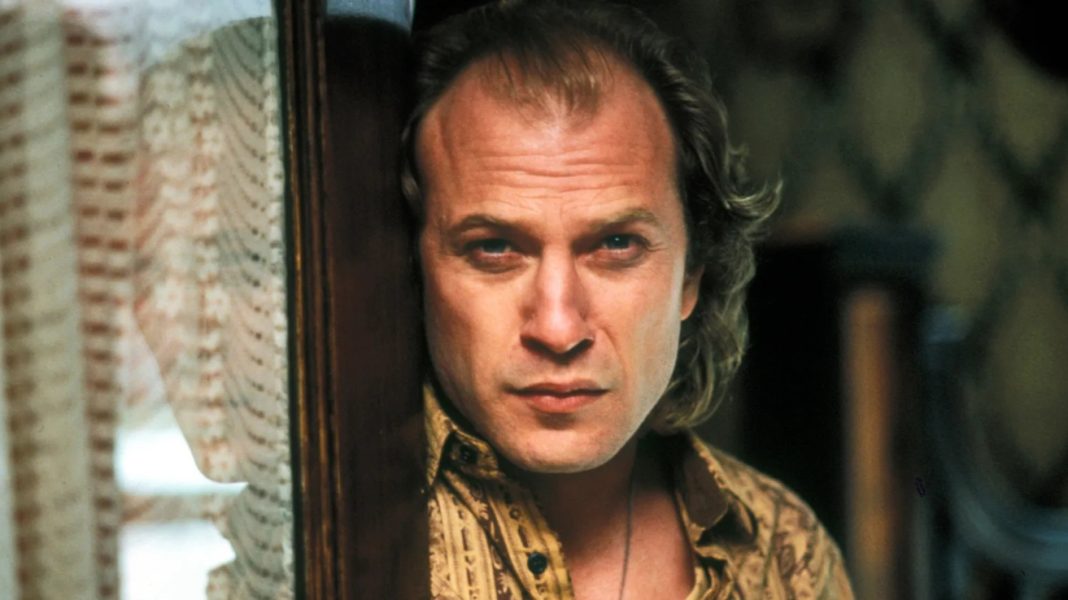
The Silence of the Lambs might not scream “November,” but its look and tone are unmistakably late-autumn. The gray skies, bare trees, and damp chill of the film all feel like that post-Halloween slump when the world has lost its color.
Clarice Starling’s journey through shadowed cities and rural backroads feels like a descent into the cold season itself. Buffalo Bill’s basement and Lecter’s sterile cell might as well be winter’s first tombs, where the sun never really reaches.
Blood Rage Is a Rare Thanksgiving Slasher

One of the few slashers set on Thanksgiving, Blood Rage is November through and through. It takes the cozy image of a suburban family holiday and tears it apart. Even though it’s set in Florida, the spirit of the movie is pure Thanksgiving dysfunction.
Family tension, forced gratitude, and pent-up resentment all explode over the dinner table. It’s the month’s dual identity made flesh: thankfulness mixed with rage and appetite.
Misery Is a Masterful Isolation Horror Film

If there’s one movie that defines November horror, it’s Misery. Snow is already falling, and the world feels closed off and still. There’s nothing festive about it. The film’s isolation and slow, suffocating pace make it feel like the longest month of the year.
Paul Sheldon, trapped with Annie Wilkes in her mountain home, could be anyone stuck in the cold after the warmth has left. The early snowstorms, the silence, the sense of time dragging on; this chilling horror movie is exactly what November feels like.
A Trip to the Woods Goes Wrong in The Blair Witch Project
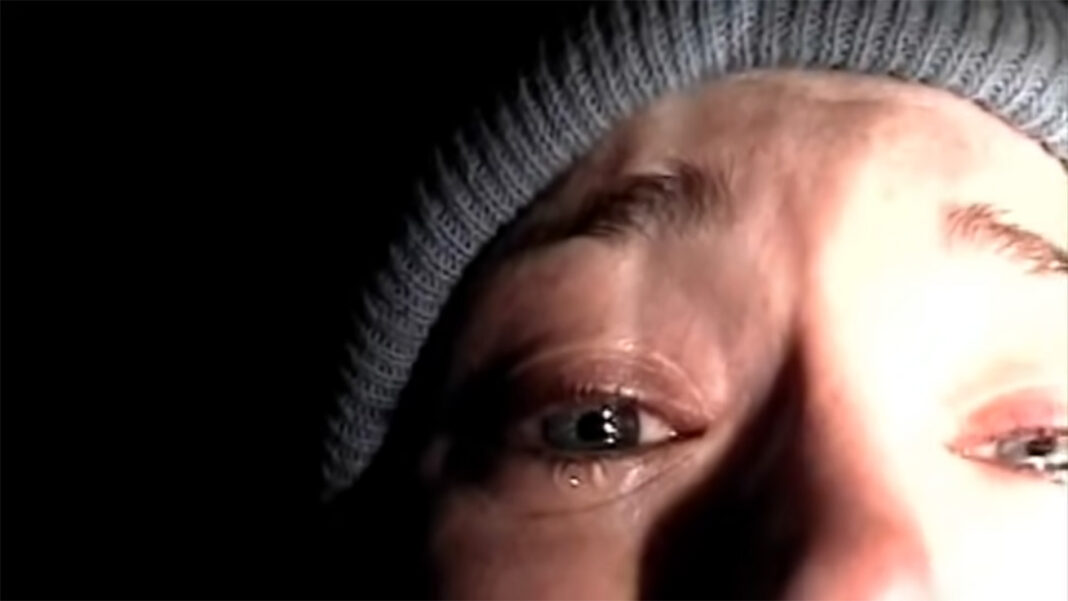
If any film feels like getting lost in the woods in November, it’s The Blair Witch Project. The movie’s forest isn’t lush and green but skeletal and dying, filled with damp leaves and cold fog. You can almost feel the wet chill of it. The students are wandering through the remains of autumn, a landscape drained of warmth and life.
RELATED: ‘Primate’ Review: A Terrifying, Chaos-Ridden Spin on ‘Cujo’
The Blair Witch herself might as well be the spirit of November, unseen but everywhere, whispering through dead branches. The film’s slow unraveling of sanity mirrors the way November stretches time, leaving you lost between what was and what’s coming. It’s a story that begins after Halloween but before the snow, when everything feels fragile and half-dead.
Pet Sematary Is a Tragic Look at the Cycle of Life and Death

While Pet Sematary spans a longer period, the movie’s emotional core is set in late autumn. The story is all about death, grief, and the natural cycle of decay, which are the exact feelings November brings.
The Maine setting, with its empty roads and malevolent woods, captures the quiet, somber, and foreboding atmosphere. The soil is sour, the air cold, and the world still. It’s not about jump scares or monsters, but about the way everything good eventually fades.
There’s No Warmth to Be Found in The Dead Zone
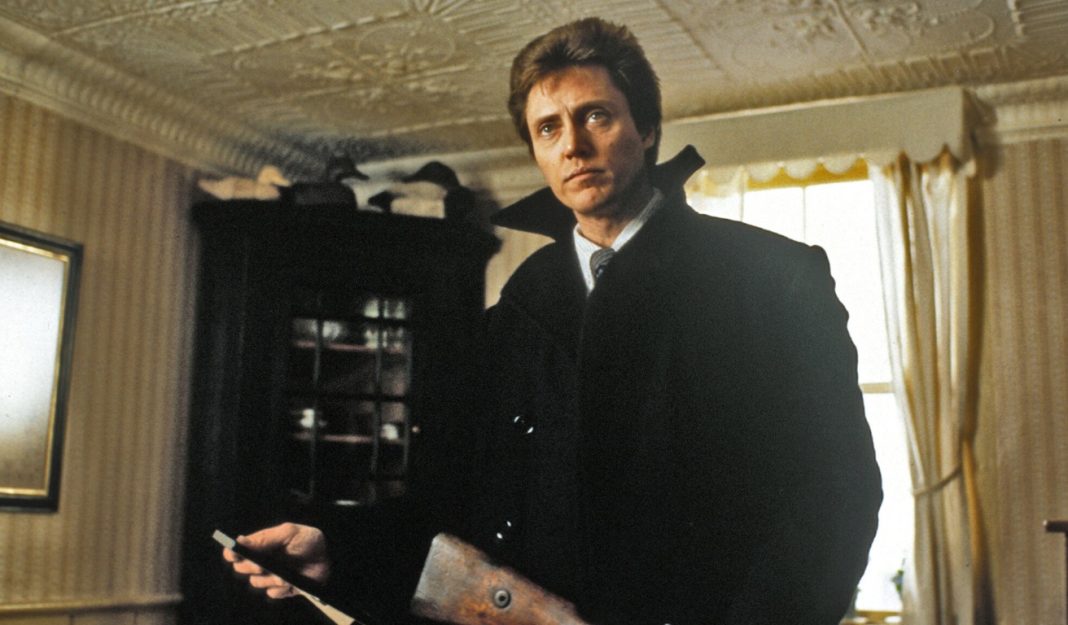
The Dead Zone is another Stephen King story steeped in the autumn atmosphere. The bare Maine landscapes, the gray skies, and the moral chill that runs through the story all evoke the feeling of late fall, when the world is holding its breath.
Christopher Walken’s character wakes up from a coma to find life drained of warmth and color, like the countryside around him. His psychic visions of ice and apocalypse seem like an extension of the season itself: cold, inevitable, and just on the brink of ending.
The Wicker Man Celebrates an Annual Harvest

At first glance, The Wicker Man looks more like a spring or summer film. But beneath the bright colors and music is the spirit of late autumn. The movie is all about harvest, sacrifice, and the fading of the sun. It feels like the final moment before darkness fully takes over.
The burning finale might as well be a November bonfire, the last flare before winter. The whole story is about giving something up so the cycle can begin again, and that’s exactly what the month represents.
The Company of Wolves Is All About Transformation

Neil Jordan’s The Company of Wolves unfolds like a strange autumn dream. The forests are shrouded in mist, the trees are bare, and the air feels damp and cold. It’s about change and transformation, which are at the heart of the season.
RELATED: Tina Romero’s ‘Queens of the Dead’ Review: More Than Just Another Zombie Apocalypse
Childhood slips into adulthood, humans turn into beasts, and innocence fades with the last leaves. The wolves’ howls in the fog sound like November wind. This is a film that understands how the season itself can transform people, and how the cold can wake something wild inside them.
Thanksgiving Is the Ultimate Turkey Day Slasher

Eli Roth’s Thanksgiving takes that idea and goes all in. Set in Plymouth, Massachusetts, the movie turns the birthplace of the holiday into a bloody carnival. The film captures everything about November’s mood: the early darkness, the cold air, and the sense that everyone’s pretending to be grateful while simmering with frustration.
The cheer of parades and sales events becomes a mask for something violent underneath. Thanksgiving doesn’t just take place in November. It feels like November itself, where celebration and decay sit side by side.
As an Amazon Associate, we earn from qualifying purchases.




